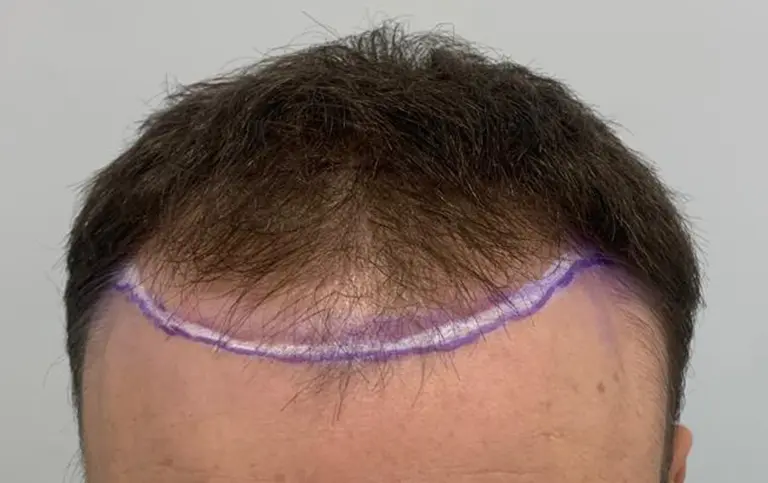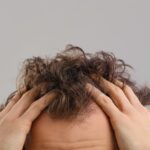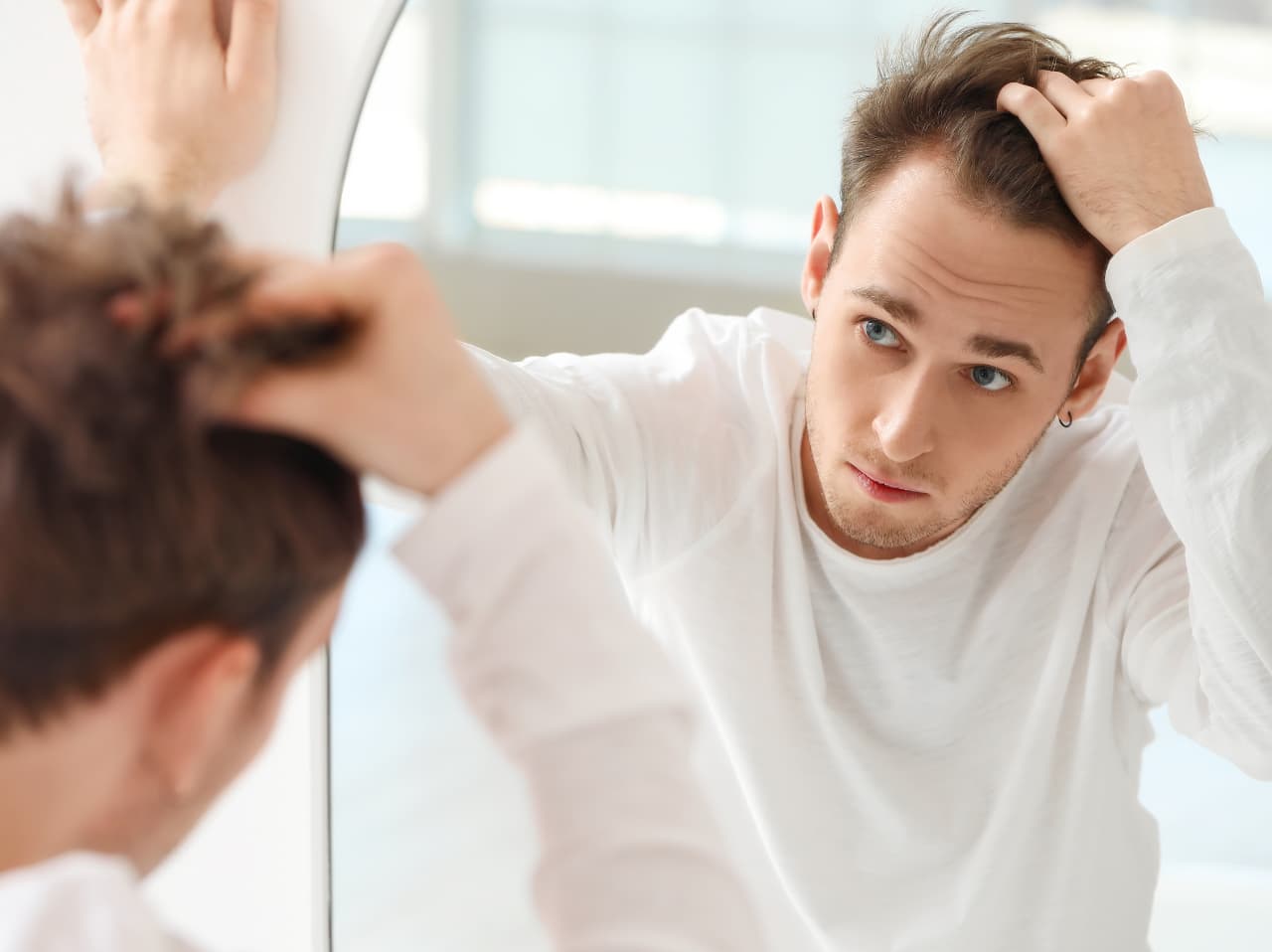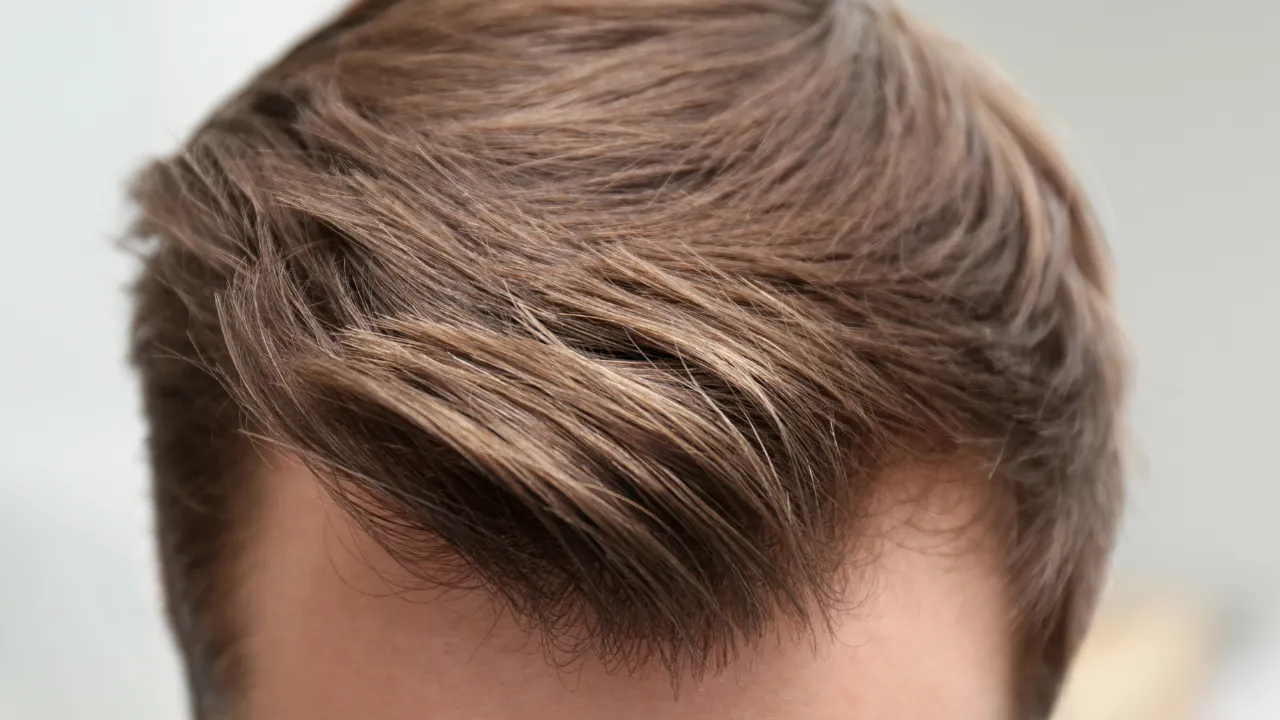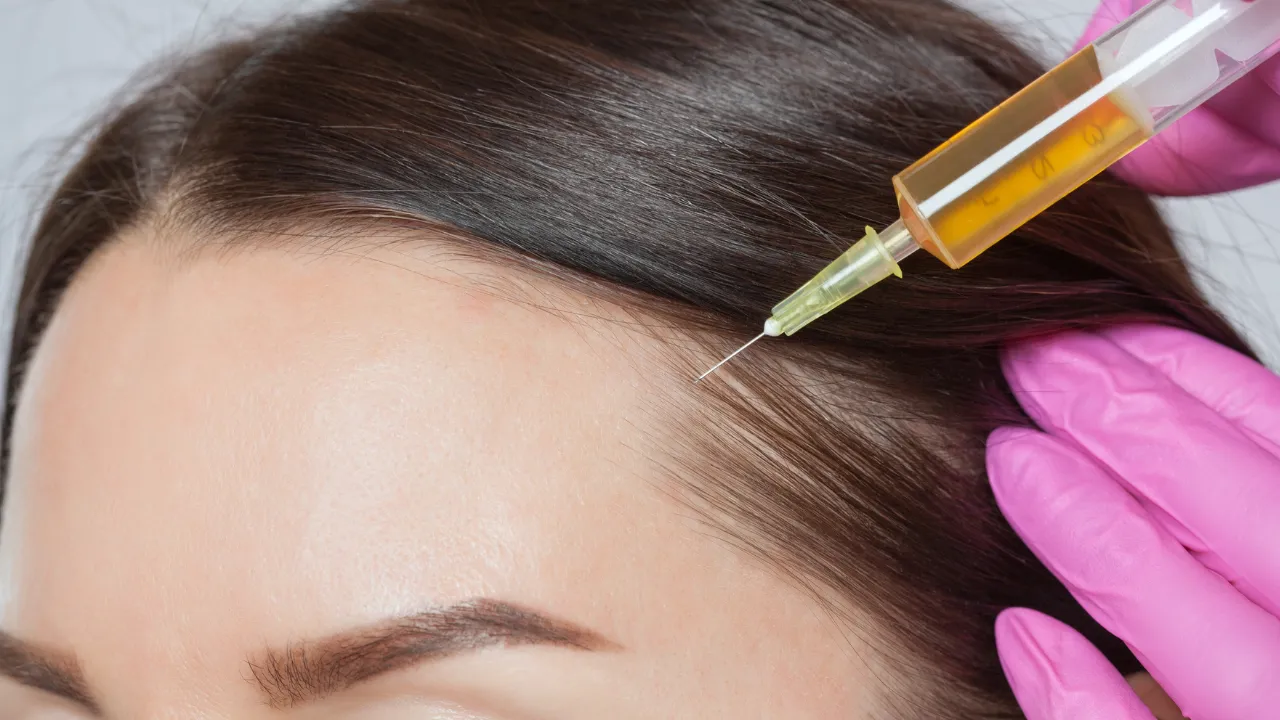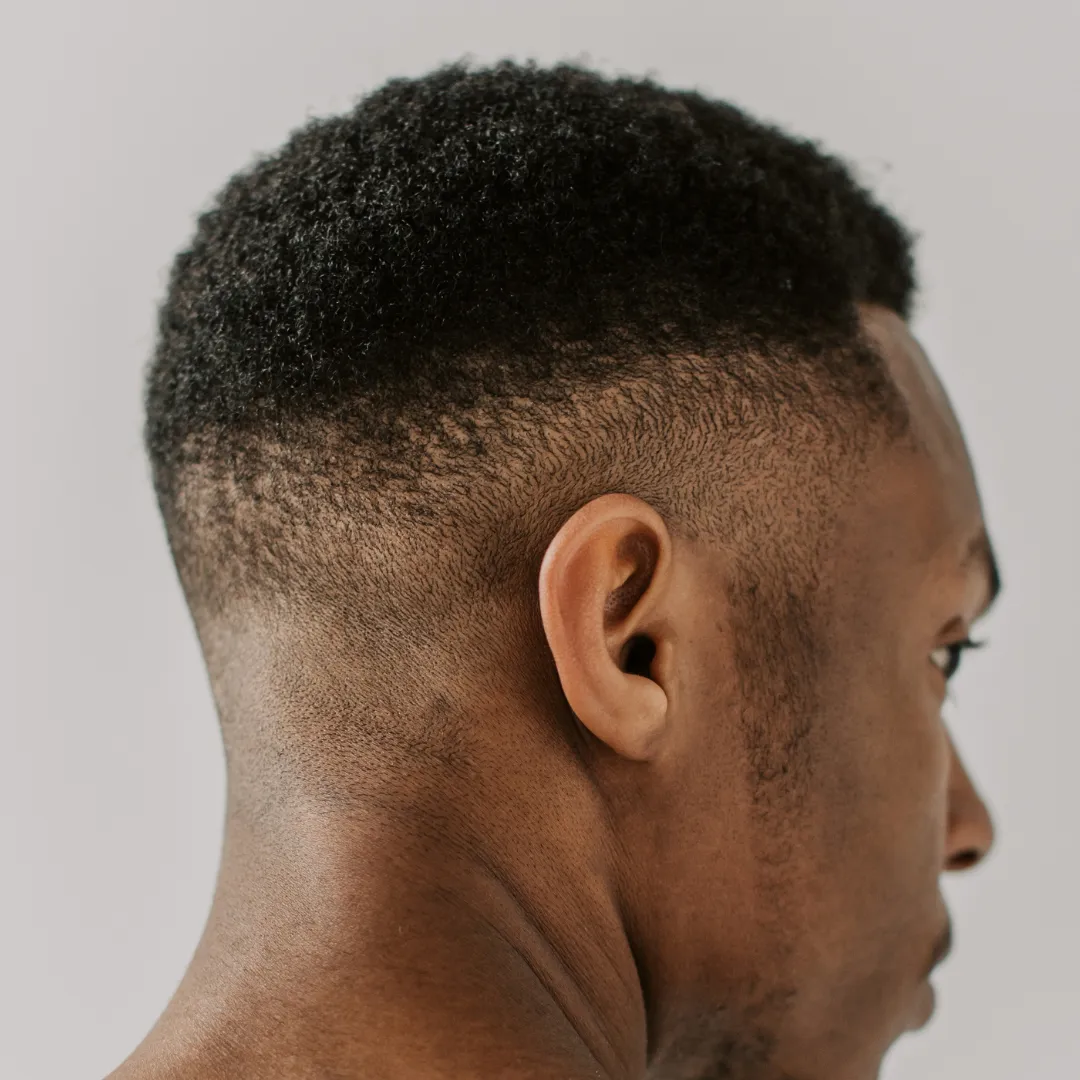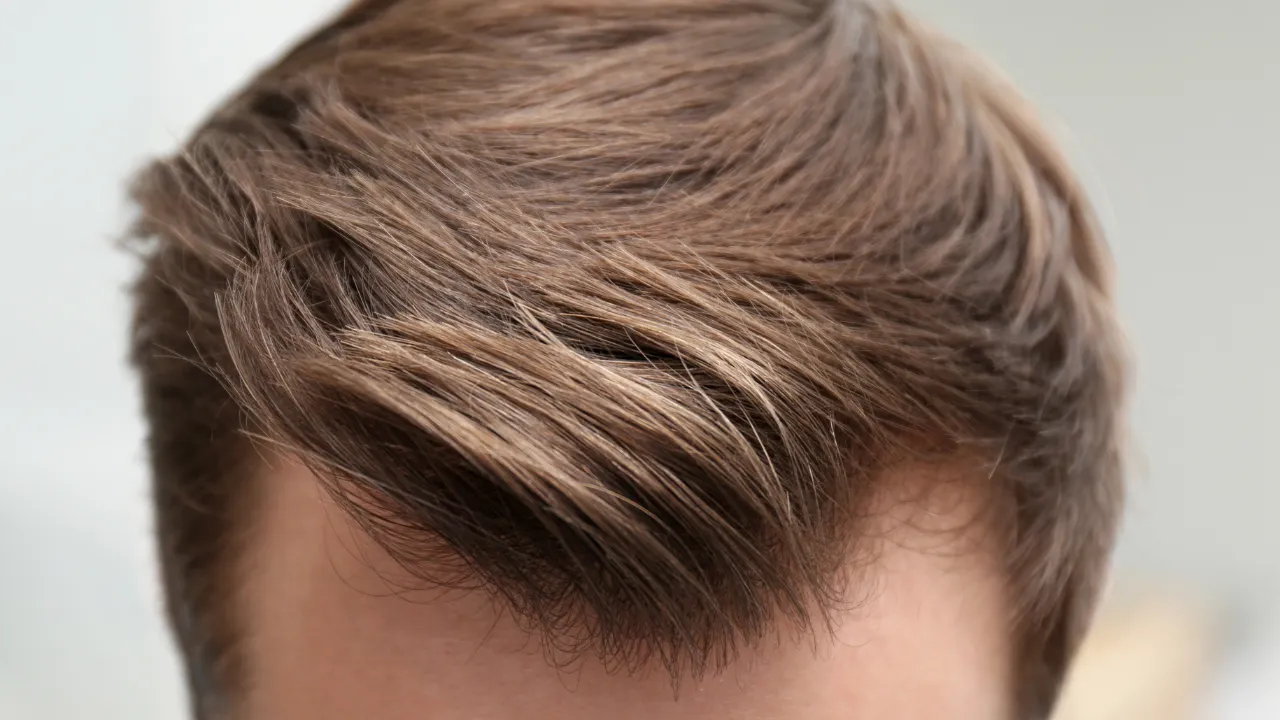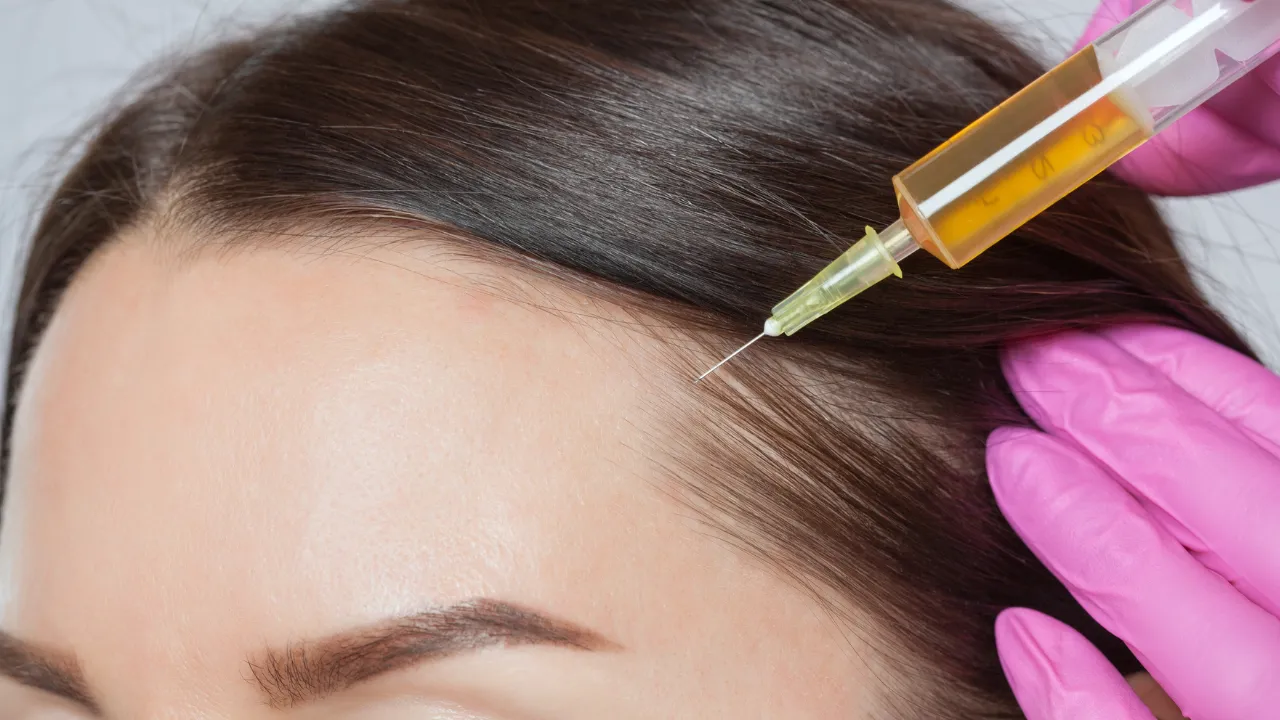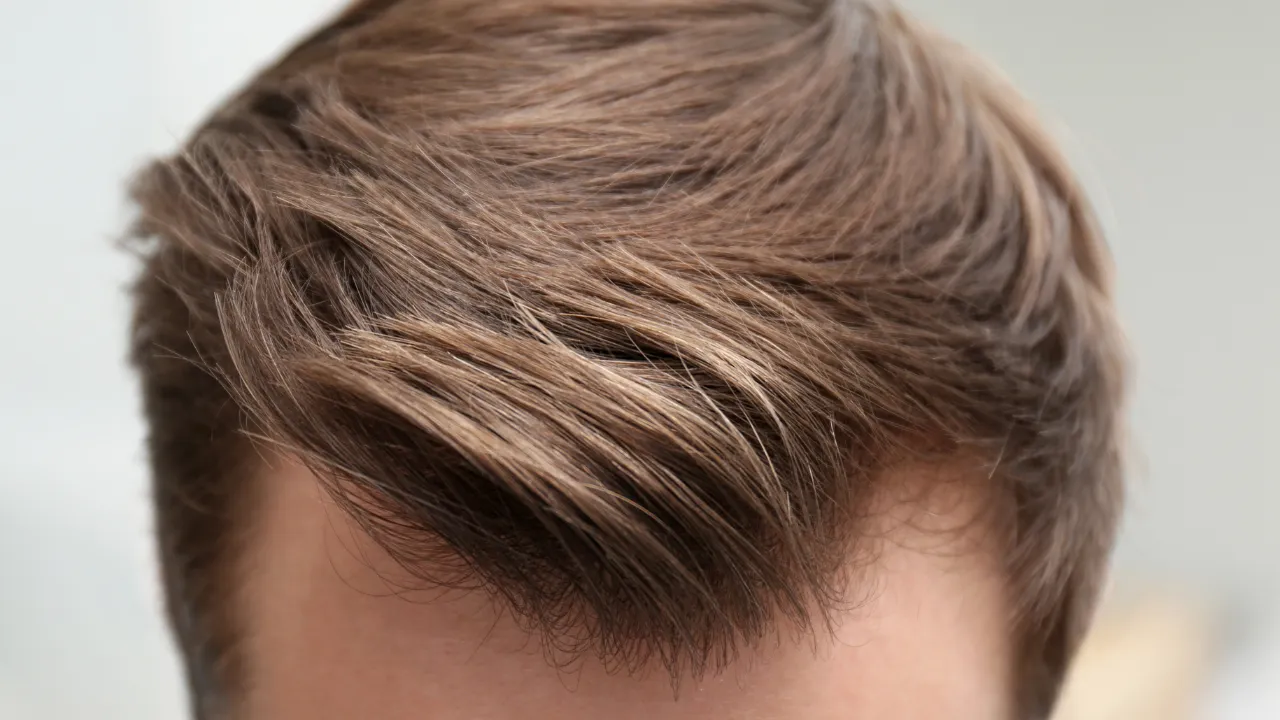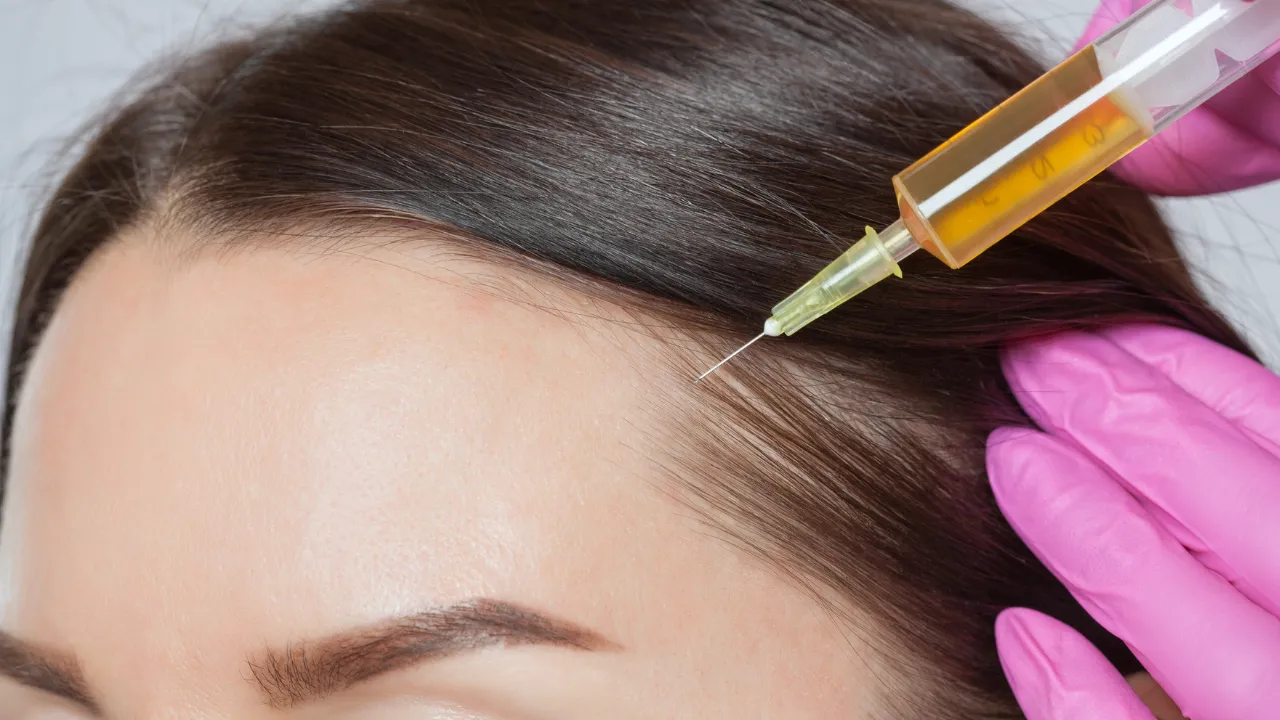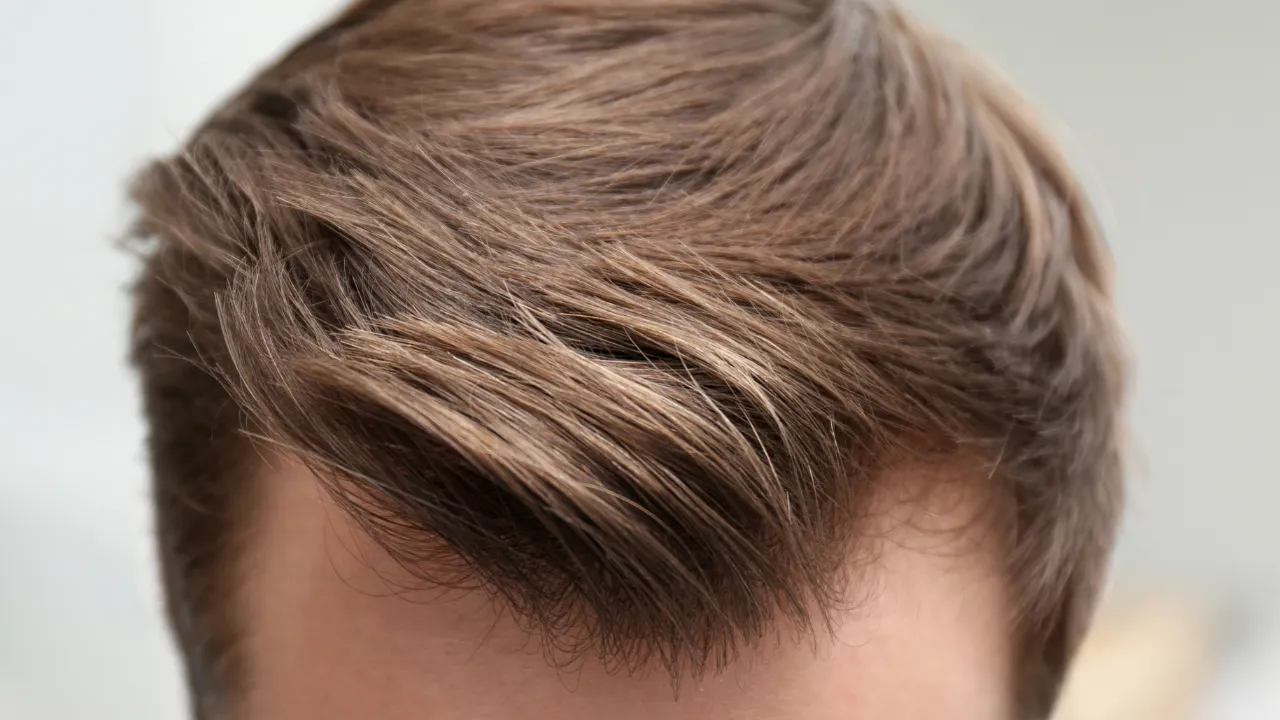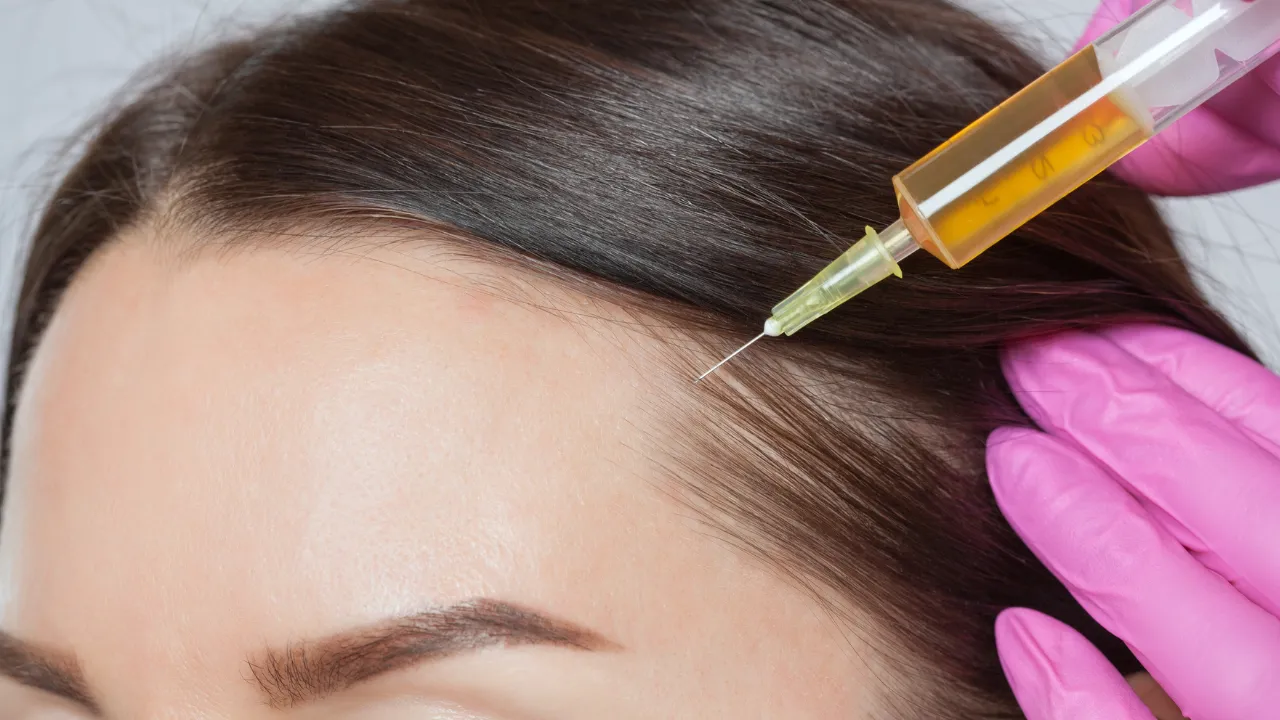Table of Contents
TogglePeople with bad hairlines usually experience changes because of genetics, hormones, or daily habits. A receding hairline can include hair loss around your temples, thinning hair at the front, or an uneven shape. While this is common, effective hair loss treatment and hair restoration options are available to slow or even reverse the process.
At Kopelman Hair, we help patients understand why their hairline changes and what can be done about it. Whether the cause is androgenetic alopecia, stress, or lifestyle choices, our team creates personalized plans to restore confidence. With the right care, people with a bad hairline have real solutions, from styling tricks to advanced medical treatments.
Key Takeaways
- People with bad hairlines often see hair thinning from genetics, hormones like DHT, or lifestyle habits such as stress and tight hairstyles.
- Medical treatments such as minoxidil, Finasteride, PRP therapy, and hair transplants can help slow hair loss or restore hair density.
- Hairstyles, daily care, and professional hair loss treatments can help reduce the appearance of a receding hairline and protect existing hair follicles.
- Emotional support, confidence-building tips, and clear facts about hair loss help patients manage these changes effectively.
Why Do People Get Bad or Receding Hairlines?
A hairline is one of the first things people see. When it moves back or shows hair loss around your temples, the change is easy to notice. Knowing the causes is the first step to finding help.
Genetics and Male Pattern Baldness
Genetics is the main cause of a receding hairline. A common type of hair loss is androgenic alopecia, also called male pattern baldness. Doctors also use the term androgenetic alopecia.
It happens when DHT shortens the growth cycle and weakens hair follicles. If there is a family history of hair loss, the chance of developing it is higher.
For people with a bad hairline caused by these factors, early hair restoration can slow thinning hair and improve density.
Hairstyles, Stress, and Lifestyle Factors
Tight hairstyles can pull on follicles and lead to traction alopecia. Over time, this can cause hair thinning and damage. Stress, smoking, poor diet, and little sleep also affect hairline health. This indicates that not every receding hairline is caused by genetics.
At What Age Does the Hairline Recede?
Most men begin to notice symptoms of a receding hairline in their 20s or 30s. Some only notice a maturing hairline, while others develop thinning hair at the temples. Women may not see a sharp loss but can notice changes after pregnancy or menopause.
Differences Between Men and Women
Men often show an M-shaped pattern. Women usually see thinning at the part line or across the front. Each type of hair loss may require a different treatment, ranging from medication to hair restoration surgery.
Read up on the Norwood Scale (men) and Ludwig Scale if you’d like more info.
Early Signs and Progression
Early symptoms of a receding hairline include:
- A larger forehead than before.
- Thinning hair at the temples.
- An uneven or irregular line.
Spotting these signs early helps patients explore treatment before hair loss becomes worse. At Kopelman Hair, Dr. Kopelman reminds patients that quick action often brings better results.
The Science Behind Hairline Changes
Hairline changes come from shifts in the growth cycle. DHT shortens the growth phase, causing hair strands to become thinner and stop growing. Over time, follicles shrink and no longer produce visible hair.
Low blood flow and scalp inflammation also weaken hair follicles. Oxidative stress, or cell damage, can speed up this process. Treatments that block DHT or improve circulation can slow loss and support hair regrowth.
Can You Grow Back a Bad Hairline?
Hair regrowth depends on the type of hair loss, its severity, and the chosen treatment.
Medical Treatments: Minoxidil, PRP, Transplants
- Minoxidil: A topical option that stimulates follicles and helps with regrowth.
- Finasteride: A prescription pill for men that lowers DHT.
- PRP Therapy: Injections that use a patient’s plasma to wake up follicles.
- Hair Transplants: Healthy follicles are moved to the hairline. At Kopelman Hair, advanced methods create natural results.
Non-Surgical Options: Micropigmentation and Styling Tricks
Scalp micropigmentation adds the look of density, useful for short styles. Simple styling tips also help. Shorter cuts, added layers, or volumizing products can reduce the look of thinning hair.
Frequently Asked Questions about People with Bad Hairlines
How Long Does Hairline Regrowth Take?
- Minoxidil may show results in 3–6 months.
- PRP usually needs 3 sessions, with results in 4–6 months.
- Transplants start showing growth in 3–4 months, with full results in 9–12.
Regular use is key. Most people see improvement, but not everyone gets full restoration.
How much do hair loss treatments cost?
Costs depend on the type of hair loss treatment chosen. Minoxidil typically costs $20–40 per month, while Finasteride ranges from $25 to $ 70 per month.
PRP sessions are more expensive, typically ranging from $500 to $1,500 each. Hair transplants are the most advanced option, typically ranging from $15,000 to $25,000.
At Kopelman Hair, patients receive tailored plans that match both their medical needs and budget.
Best Hairstyles & Haircuts for Bad Hairlines
Styling can make a receding hairline less visible.
Gentle Styles That Protect the Hairline
Avoid styles that pull on hair. Men may opt for a buzz cut or a fade. Women can use side-swept bangs or layered cuts to soften the look of a high forehead.
Practical Tips for Everyday Styling
- Use lightweight products that add volume.
- Try darker roots or lowlights to hide thin spots.
- Trim often to keep hairline neat.
Famous People with Bad Hairlines & Pictures
Celebrities also deal with receding hairlines. Their experience shows it is common and manageable.
Celebrities Who Embrace Their Hairline
Actors, athletes, and musicians often choose short styles or shave their heads. Their success shows that a receding hairline does not define them.

Confidence Lessons from Public Figures
The main lesson is confidence. Many public figures thrive even with visible symptoms of a receding hairline.
Living with a Bad Hairline
Living with a changing hairline requires both care and perspective.
Psychological Impact and Support
Hairline changes can lower self-esteem. Many people feel older or less attractive. For some, the stress of loss feels worse than the physical change.
Support helps. Counseling, peer groups, or talking with a doctor can reduce stress. At Kopelman Hair, many patients feel reassured once they learn that hair restoration options are available.
Common Challenges for Men
Men often feel a receding hairline makes them look older. This can reduce confidence and affect daily life. Understanding these feelings helps address both looks and emotions.
Are There People with Terrible Hairlines?
Some hairlines look uneven from birth or genetics. While some may call these “terrible,” confidence and care options matter more than shape.
Prevention and Daily Care Tips
- Use mild shampoo and avoid harsh chemicals.
- Limit heat styling and tight hairstyles.
- Eat balanced meals with protein and vitamins.
- Reduce stress with good sleep and exercise.
Prevention Tips for a Healthy Hairline
Good daily habits can help protect hair follicles and slow a receding hairline. While they cannot stop androgenetic alopecia, they support overall scalp health.
- Use gentle shampoo and avoid harsh chemicals.
- Limit tight hairstyles and frequent heat styling.
- Eat balanced meals and manage stress with sleep and exercise.
These small steps make hair stronger and improve the results of medical or surgical hair restoration.
Common Misconceptions About Receding Hairlines
Many patients believe myths that slow real treatment. These false ideas make people try things that do not work. Explaining them helps patients make better choices.
Popular Myths Debunked
Hair oils or massage can reverse loss.
These methods may feel soothing, but they do not regrow lost hair.
Massage may help blood flow, but it does not fix androgenetic alopecia or bring back lost follicles.
Only men have a receding hairline.
This belief can stop women from seeking timely care.
Women can also lose hair at the hairline, often after hormonal changes.
Vitamins cure hair loss.
Supplements can support health, but they are not a cure.
Good nutrition supports health, but vitamins alone cannot replace proven hair loss treatment.
Why These Myths Matter
Believing myths delays real care. The longer patients wait, the more difficult it becomes to protect follicles or support regrowth. Debunking myths helps patients act early and see better results.
People with a bad hairline have many choices today. From proven medical care to styling, options exist for every stage. At Kopelman Hair, our team brings decades of expertise in hair restoration. Dr. Kopelman combines medical expertise with advanced techniques to deliver natural and lasting results.
If you notice symptoms of a receding hairline, early care makes a big difference. Contact Kopelman Hair to find the right solution and regain confidence in your appearance.


